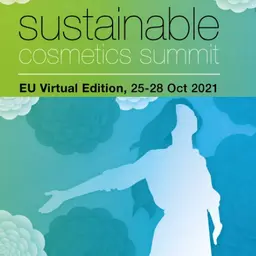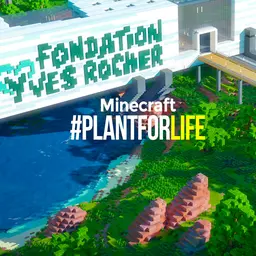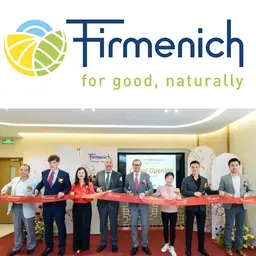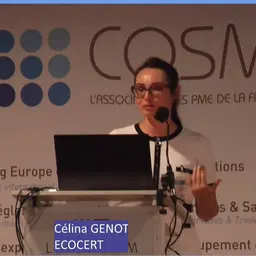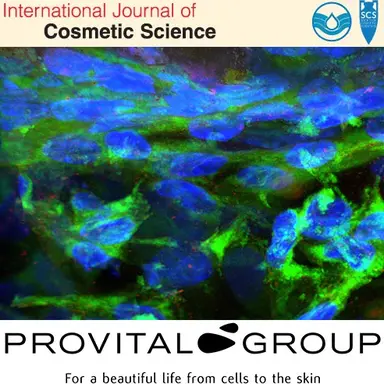
Stretch marks are disfiguring skin lesions that often cause problems of self‐esteem, but little effort has been put to studying this pathology. During the development of its new active Striover, a natural ingredient that reduces the appearance of stretch marks, Provital have succeeded in developing reconstructed skin from stretch mark fibroblasts. The model, called Striae Reconstructed, has been published in the International Journal of Cosmetic Sicence.
Striae Reconstructed, a Full Thickness Skin Model that Recapitulates the Pathology behind Stretch Marks
Abstract
• Objective
Stretch marks are disfiguring skin lesions that often cause problems of self‐esteem, but little effort has been put to studying this pathology. We therefore analyzed cell cultures of dermal fibroblasts isolated from a stria alba, to thereafter reconstruct a full thickness skin model.
• Methods
Human Dermal Fibroblasts (HDF) were isolated from a stria distensa (SD) lesion and from the adjacent non‐lesioned skin. The dermis of two full thickness skin models was reconstructed with either striae‐ or normal‐HDF, while the epidermis was in both reconstructed with Normal Human Epidermal Keratinocytes.
• Results
Main observations and pertinent data: Gene expression analysis of cell cultures revealed a generalized decomposition of the Extra Cellular Matrix (ECM), since collagens type I and III, lysyl oxidase, biglycan, lumican and fibronectin were downregulated, while MMP3 was increased together with a decrease of its natural inhibitors (TIMP1, TIMP2 and PAI‐1). These findings were statistically corroborated for key ECM elements at the protein level (COL1, MMP1 and TGFB1). Interestingly, striae albae fibroblasts retained a pro‐inflammatory phenotype, as suggested by increased gene expression of CXCL8, HAS1 and TNFA. We next reconstructed a …



